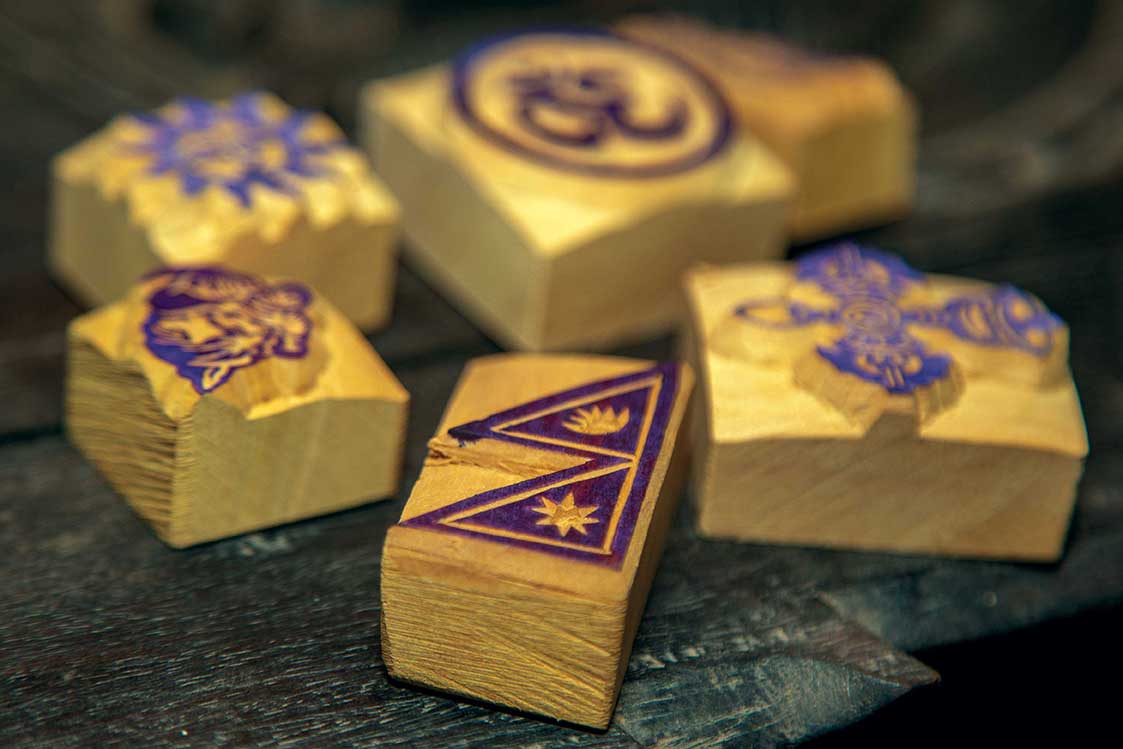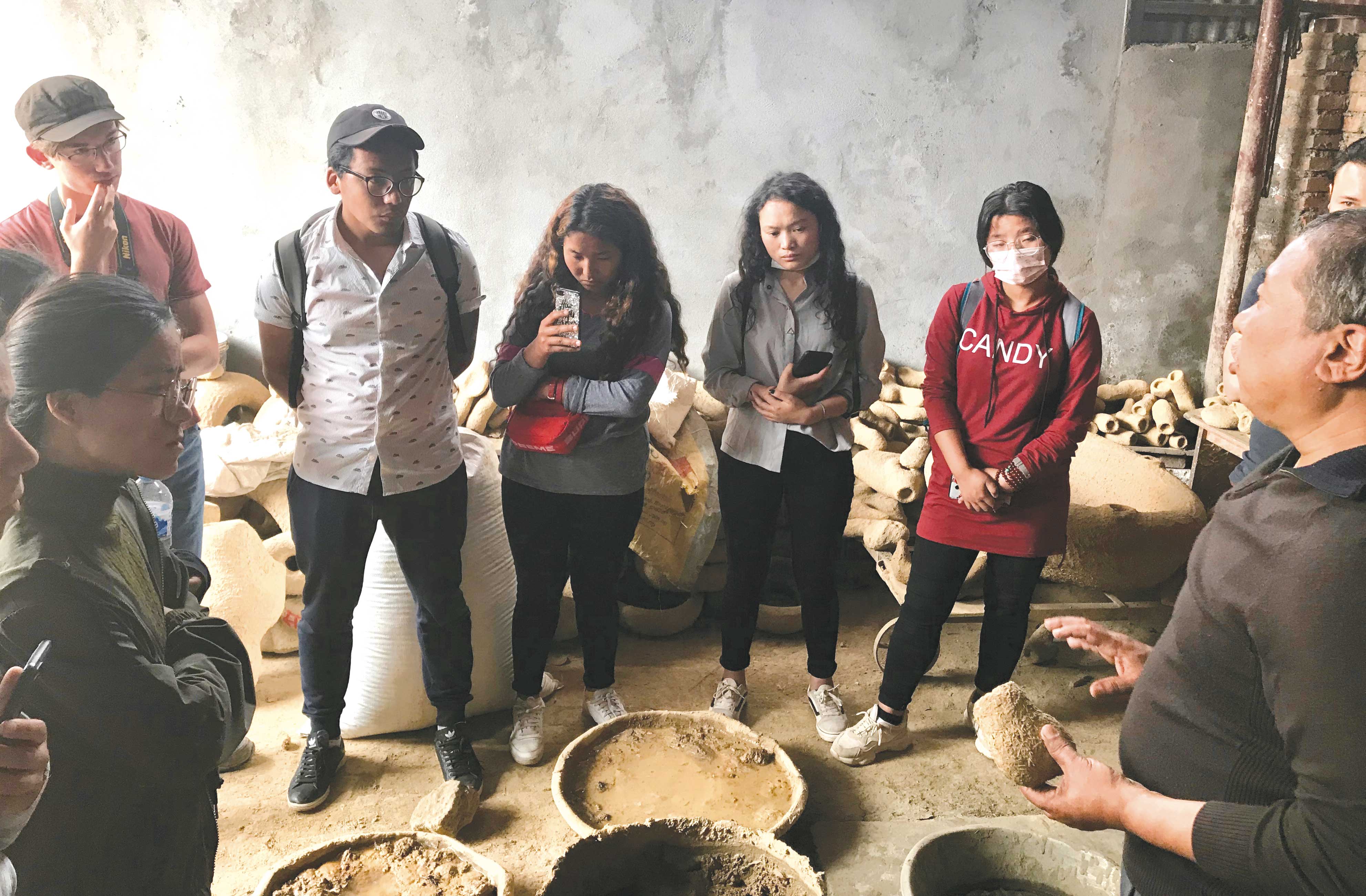These questions have bugged writers for a very long time, and the debate goes on. Recently when I wrote about “the Nepalese language” Iwas corrected by an eminent South Asianlinguist. “It’s the Nepali language”, he said. “The people, culture and history are Nepalese.” By comparison, in popular writing, we frequently find ‘Nepali’ and ‘Nepalese’ used interchangeably for boththe language and the people (“That Nepali speaks good Nepalese.”) In academic writing I tend to follow the linguist’s rule,but in popular writing, for magazines and newspapers, sometimes..., sometimes not. Why not? Because in popular writing I gowith what sounds best in common usage, atthe time, in context, according to my ear.
My advice is to follow your ear. When pondering ‘Nepali’ vs. ‘Nepalese’, use what sounds best in context. If still puzzled and you aren’t an English-as-first-language speaker, find one and ask for advice.
For comparison, note that we use Bengali for both the language and people of West Bengal and Bangladesh, but we don’t use the term Hindi in quite the same way. That is, while around 200 million people speakthe Hindi language, we don’t call them Hindisor Hindese. Rather, they are identified as Hindi-speaking Indians or South Asians (some of whom are Hindoos).
In Bhutan, we run into different problems. The people are Bhutanese, whilethe official language is Dzongkha (not ‘Bhutani’). Ah, but here comes a strangeand disturbing caveat: In 2005, the global software giant Microsoft capitulated to pressure from officials of acertain very large Asian country to eliminate reference to ‘Dzongkha’ as alanguage of Bhutan because of it salleged association with the Dalai Lama. Microsoft bosses then circulated aninternal memo barring the use of Dzongkha from all company software and promotional materials. Oops! —isn’tthat censorship?
With Dzongkha so arbitrarily ruledout on Microsoft, the Bhutanese government turned, instead, to the non-propriety Linux system to develop theirown computerized version of the language. Now when Bhutanese government or monastery officials must write in Dzongkha (using its Tibetan-like script) they can do so using special Linux-based (non-Microsoft) software.
What about ‘Himalaya’ vs. ‘Himalayas’? This distinction regarding the correct formof the noun has been argued for genera-tions. As early as 1903, during the height of the British Raj, the term was identified in Hobson-Jobson (an intriguing Anglo-Indiandictionary) as “HIMALY’A, ...the common pronunciation of the name of the greatrange..., properly Himâlãya, ‘the Abode of Snow’; also called Himavat, the Snowy’; Himagiri and Himaúaila; Himâdri, Himakûta, & c...” Note that Himalayas (with ‘s’) is noton their list of variants. The authors concluded: “We do not know how far back the use of the modern name is to be found.”
Nowadays, a century on, we find that Himalaya has morphed into ‘Himalayas’ (with ‘s’) as the preferred form. Boththe Merriam-Webster American dictionary online (www.m-w.com) and Encyclopaedia Britannica (britannica.com) list ‘Himalayas’ as the main spelling, with Himalaya (no ‘s’) as a variant, only. For example, asentence in the Britannica’s definitive article on the ‘Himalayas’ reads: “The imalayas include the highest mountainsin the world...” (They got that right.)
After writing all this, I googled the Internetfor the alternative usage—‘Himalaya’ (with no ‘s’) as a noun—and found many examples. So, ke garne, ‘what to do’? Myadvice is that when you are uncertain, remember the rule: trust your ear. Good writing!











